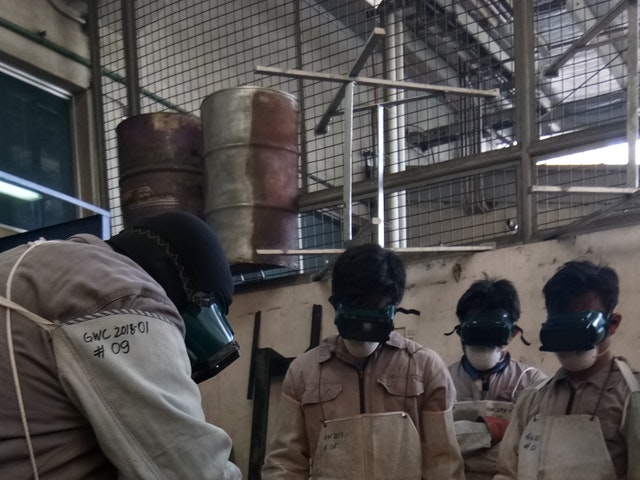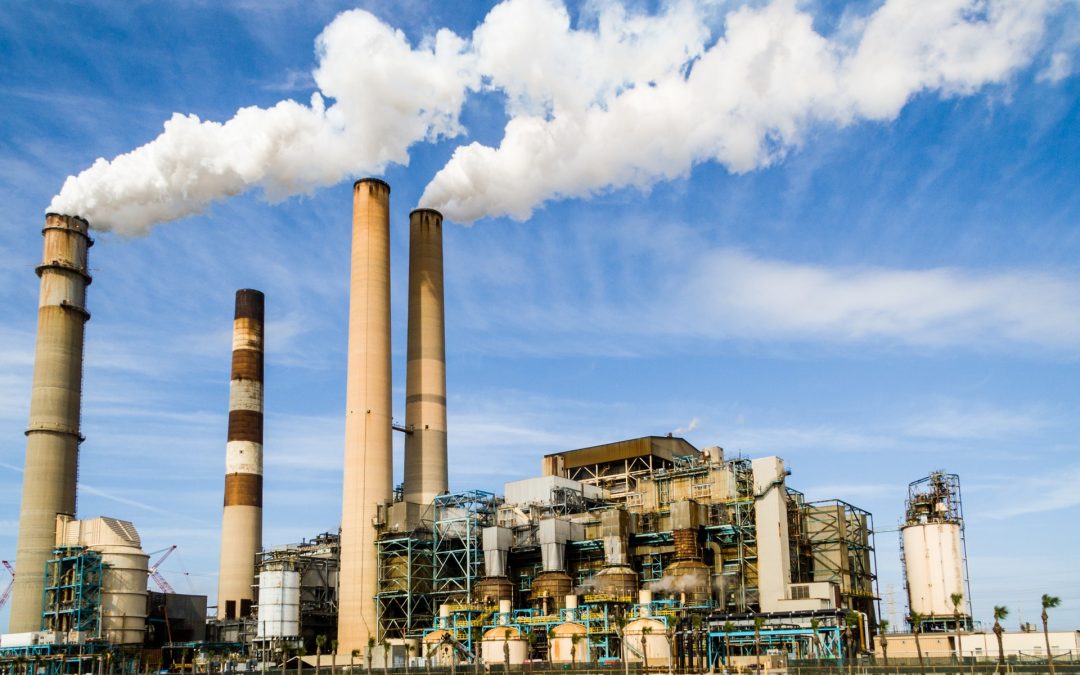While getting a job in the oil and gas industry is not easy, working there is also not a piece of cake either. It can be more dangerous than you can imagine due to the harsh conditions and unpredictable weather that can cause several emergencies. The workers are also not safe from the complex industrial equipment that is installed around the oil and gas plants. While most of the dangerous elements of the oil and gas industry can be seen and fixed, the industrial gases that are used in the plants are invisible and need higher maintenance. These gases are equally useful and dangerous, so they need extra attention from the staff. Here are the four most important industrial gases, their applications, and dangers.
Hydrogen

Hydrogen (H2) is present in abundance all around the universe, but it is quite complex to extract pure hydrogen from the air. The industries use this gas in liquified, compressed, or mixed variants. It is combined with several other gases to perform several tasks in the industry. The use of hydrogen can be found from the welding stores to providing fuel for the space rockets. It is also known to power alternative energy cars and for refining crude oil. It also helps in the production of common household chemicals. One needs to be careful while working with H2 as it can be highly combustible and can cause an explosion. Exposure to oxygen can create a regular static shock that can set the hydrogen in instant flames. On the other side, liquid hydrogen can be really cold can even cause frostbite.
Acetylene

Acetylene (C2H2) is a widely used gas in welding materials that require very high temperatures. The other gases can hardly achieve the temperatures that Acetylene can achieve. It is also used in industries for synthesizing substances like Vitamin A and plastics materials. Acetylene is also a highly flammable and explosive gas that needs to be sealed properly. It can also form explosive compounds when exposed to metals like brass and silver. The industries use portable leak detectors to determine if there is too much acetylene present in the atmosphere.
Methane

Methane (CH4) is a greenhouse gas that is obtained from the fermentation of organic matter. It is a major component found in natural gases. The most common application of methane is to produce energy for both residential and industrial purposes. It is also commonly used in making fertilizers and plastics. Many industries use methane to produce many other industrial gases. But, methane can be highly combustible and can cause asphyxiation when present in excess in a closed space.
Oxygen

Oxygen(O2) is used in industries in compressed, liquid, and mixed forms. While it is the most essential has for sustaining human life, it is used in several medical conditions, stored in tanks to help patients with breathing easily. In industries, it is used for laser cutting, rocket launches, clean combustion, food preservation, wastewater treatment, and more. While oxygen is not flammable, it can help in increasing the fire that is already present. It can even make the flame-retardant materials to catch fire. People are suggested to stay away from oxygen tanks while smoking or using a heating material.

